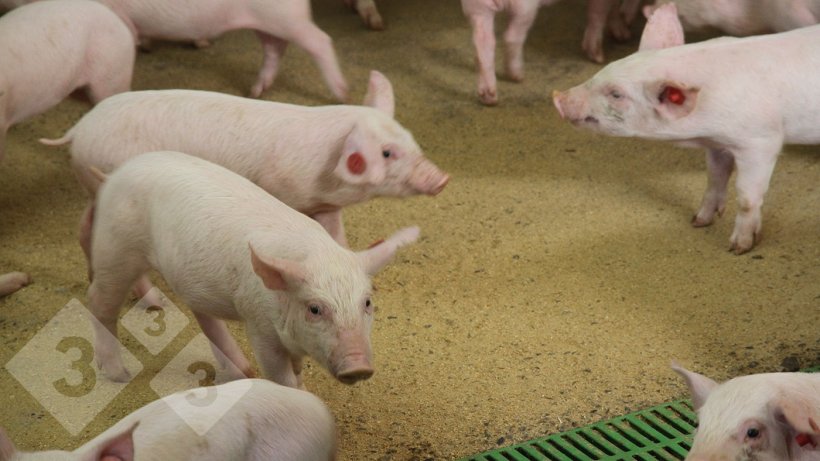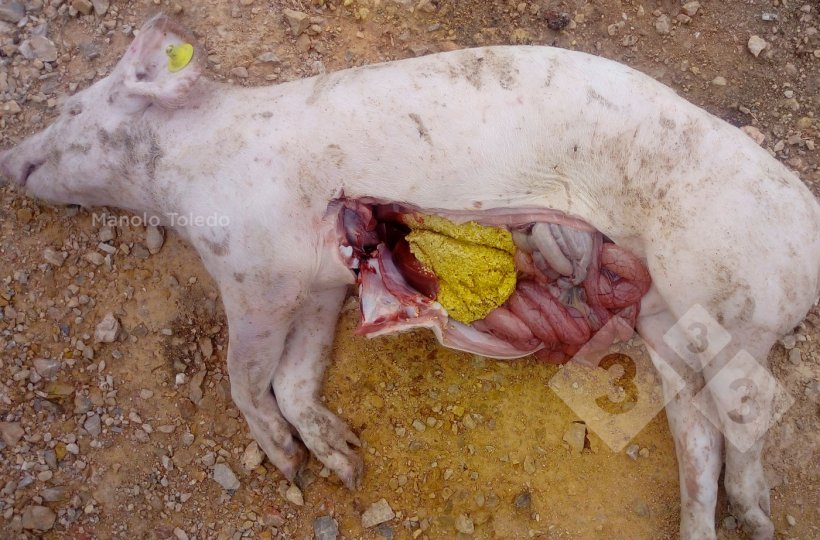As described in the previous articles of this series, we interviewed veterinary practitioners from the USA, Italy, Denmark, and Spain and we highlighted the differences in the antibiotic reduction strategies used on their farms. For this article, we wanted to understand their opinions on the link that some industry experts have made between the reduction in antibiotic usage and a rise in post weaning mortality. We referenced a specific example of data registered in Spain, analyzed by the consulting group SIP, that revealed a significant 1.7% increase in nursery mortality from 8.7 % in 2018 to 10.3 % in 2019. Had our veterinary practitioners observed this increase in mortality? What did they think the causes were? In this article, we summarize their opinions regarding this topic, and we will discuss some of the potential factors which may have influenced this trend.


Scollo (Suivet Veterinary Practice, Italy) and Sanz (UVESA, Spain) both agree that an increased nursery mortality was observed in their regions over recent years. Sanz emphasized that even though Spain experienced a 2% increase since 2018, he would not change anything because the efforts of the Spanish industry prevented it from being much worse and allowed them to be where they are today. He says that “In Spain, the industry was expecting a disaster with regards of nursery mortality; they were talking up to a 10% increment, and that has not been the case”. Based on his experience, he notes that now, more than ever, producers need to be very alert to prevent health problems. They need to be very observant and need to react faster because the consequences could be more severe when facing disease. He believes this situation will be in our favor and will make the sector even more professional in the long run.
Agerley (Porcus Veterinary Services, Denmark) explained that their clients originally experienced an increase in the postweaning mortality during the nursery period after they started implementing their reduction programs ten years ago. Nowadays they are at 3-3.5%. At that time, ten years ago, he noted that their adaptation to the change was easier since they had a lower level of antibiotic usage than other countries when they started. He believes that, in the present times, other countries need to decrease from higher quantities of antibiotic usage in a shorter period of time and this could have made the impact more dramatic.
Cano (Pipestone System, USA) shared that in the USA, mortality in the nursery (3 to 10 weeks of age) has increased about 1% from 5 to 6% on average in the last three years. However, substantial variability around this parameter is observed based on sow farm flow, caretaker, production system, PRRS infection status and season (highest mortality in the Spring). The cause for this increase in nursery mortality potentially includes antibiotic use reduction following the implementation of the Veterinary Feed Directive (VFD) in 2015 and some production systems evolving to responsible antibiotic usage programs. But in addition, it is important to consider that the USA swine industry grew tremendously between 2016 and 2019, not only sows in inventory that increased the volume of weaned pigs from young parity herds and required mixing different gilt sources; but also, a higher productivity that likely generated pig flow and stocking density challenges.
To our question regarding the agents or other factors causing this positive increment in the mortality, there were differing opinions. Based on her experience, Scollo, believes that this increment reflects the increase in PRRS incidence and PRRS severity that sow farms have experienced over the last few years. The instability on the sow farms due to PRRSV resulted in an increase in immunocompromised piglets at weaning. This issue together with the genetic improvement of sows resulting in higher number of born alive piglets per sow per year were Scollo’s main factors resulting in higher mortality in nursery farms.
Agerley has a clear opinion about the main cause of this mortality increment in Denmark: postweaning diarrhea due to incorrect high protein and soy levels that they were used to formulate pig diets after weaning. As previously described by Agerley, old feed formulations resulted in post-weaning diarrhea caused by bacteria (e.g. Escherichia coli) that were using that extra protein substrate in the intestine to replicate. This issue impacted the levels of piglet disease and decreased growth efficiency over time.
Sanz agrees with Agerley since they believe that the main drivers of this mortality increase have been the postweaning diarrhea potentially due to E. coli. However, he also points to Streptococcus suis as an important cause of this increase (Image 2). As a group, UVESA highlights that they have been able to control the diarrhea, originally thought to be a bigger problem, with appropriate nutrition, management, and improvements in their facilities, and their remaining challenge is mainly related to problems with Streptococcus suis and related issues.

Cano considers that the potential causes for the nursery mortality increase in the USA may be different than those proposed by the European practitioners. PRRS continues to be a challenge without much change in prevalence and severity. Those systems that have been able to eliminate the virus from breeding herds and keep them negative have seen significant improvement. The emergence of new Influenza type A virus isolates and potentially the spread of PCV2d may have had a bigger impact on post-weaning health in his opinion. On the bacterial side, the dissemination of Streptococcus suis strains of European origin and highly pathogenic Glaesserella parasuis strains have been repeatedly found as the cause of mortality in affected nurseries.





